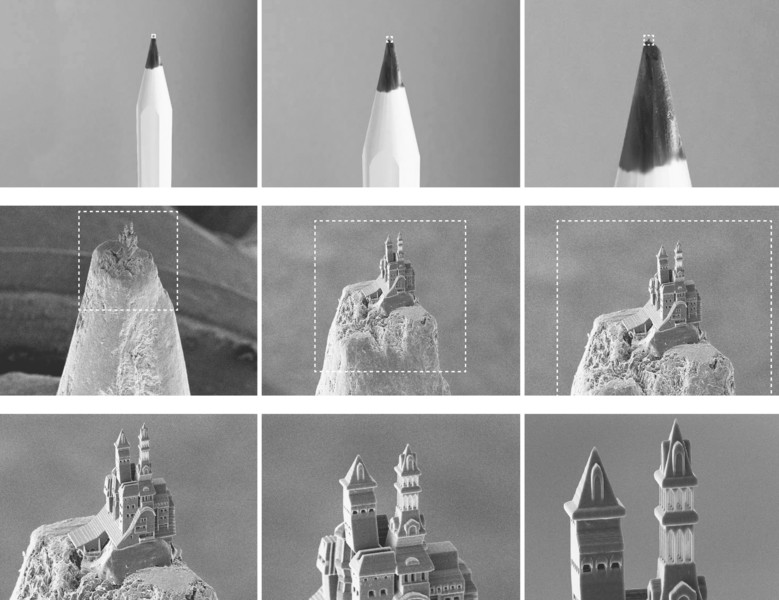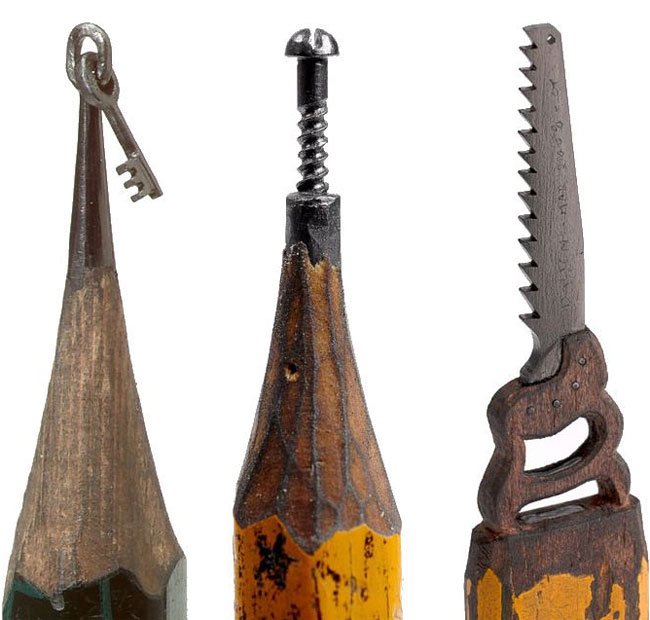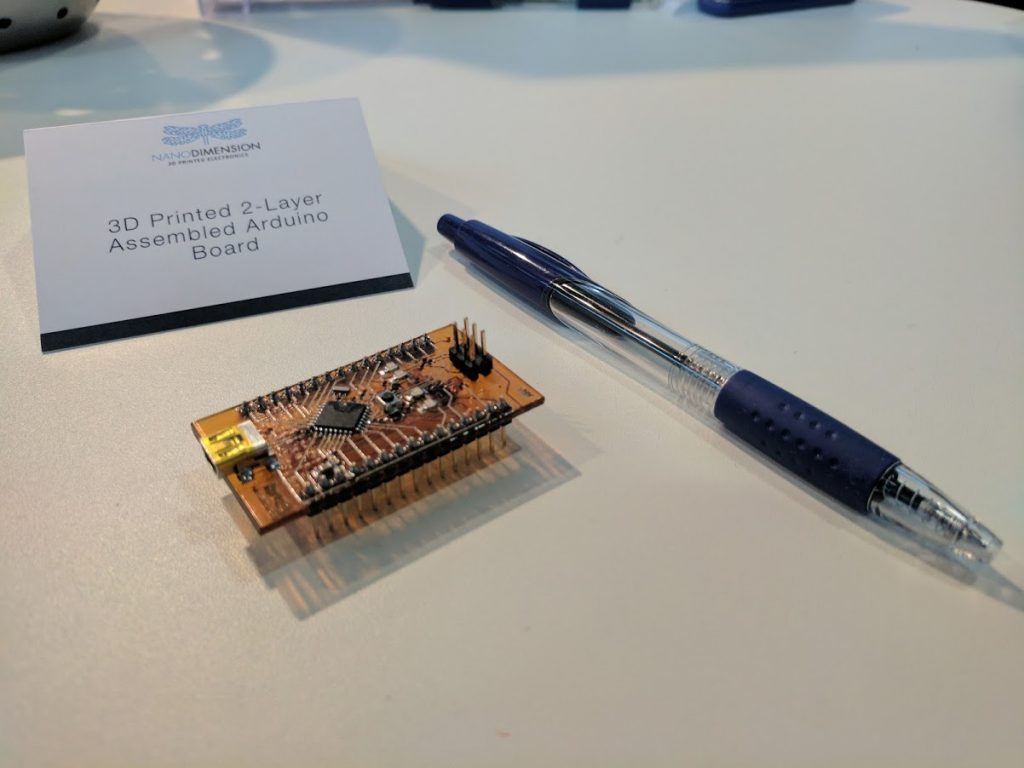Researchers in the additive manufacturing department at TU Wien have 3D printed a castle onto the tip of a pencil. Vienna’s Dr. Aleksandr Ovsianikov and Peter Gruber completed the project in collaboration with Daniela Mitterberger and Tiziano Derme of MäID – FutureRetrospectiveNarrative, an initiative intended as ‘A debate about identity and alterity, a coalescence to encompass humans, animals, plants and things’. MäID chose a traditional Russian castle for the design, representative of a failed project by Nikolai Sutyagin, who wanted to show off as the ‘richest man in town’.

The images of the castle were commissioned to be the cover of a book titled Multiphoton Lithography: Techniques, Materials and Applications, published in December 2016 as an up-to-date review of the technology and edited by Jürgen Stampfl, Robert Liska, Aleksandr Ovsianikov of TU Wien.
What is multiphoton lithography?
Unlike traditional paper printing, (where ink is absorbed by the material it is being printed on to and can be printed onto any part of the sheet) in lithography ink is repelled from parts of a surface where it isn’t needed. The method dates as far back as Ancient Greece. Typically, printmakers create images on flat stones, metal plates and tiles by drawing on the smooth surfaces in a greasy substance. Afterward the ink is added and sticks to the grease while running off the glossier parts.
In multiphotonic lithography, lasers are used instead of grease to cure a light-sensitive substance into multiple layers. As the lasers flash in a particular shape, only the selected area reacts to light and becomes solid. It is a similar process to vat-polymerisation of resins, but with this castle it is on a microscopic level and the lasers perform seamlessly rather than the layer-by-layer approach.
Gif shows how the castle was gradually formed by lasers. Clip via: TU Wien on YouTube
Fine details
The finished castle measures just 230 x 250 x 360 micrometers (μm), which is the width of between 4 and 7 human hairs that typically measure at only 50 μm. To give more perspective on the sub-micron project, for comparison below is a photograph of artworks carved into the tip of a pencil by carpenter Dalton Ghetti.

Nano 3D printing is big business
Though a miniature castle captures the imagination, 3D printing a complex structure on such a small-scale actually demonstrates capabilities beyond fantasy. The method is particularly useful in 3D printing circuit boards, as in Nano Dimension’s Dragonfly 2020, and microfluidic devices that can be implemented into objects, like Harvard’s heart-on-a-chip, to make them move independently.

Integrating electronics at nano-scale is highly desirable particularly in medical and defense sectors. Though operating by magnets rather than microfluidics, the ‘origami robot’ developed through the collaborative effort of MIT, the University of Sheffield, and the Tokyo Institute of Technology, is a miniature robot deployed into the body to fix internal wounds through a pill. And, the US Army is invested in 3D printing of programmable bacteria.
The future for multiphoton lithography will enable sophisticated technologies to move in a way similar to the evolution of the mobile phone. Anything that is today the size of brick could one day be transformed in a microscopic way.
Featured image shows the traditional Russian Datsche castle 3D printed onto the tip a pencil. SEM image via: Ovsianikov et al.



